Basic Operation of Electrocardiogram
 Apr 14,2025
Apr 14,2025

 Uryn
Uryn
Electrocardiogram (ECG), blood oxygen saturation (SpO2), and non-invasive blood pressure (NIBP) monitoring are fundamental tools in patient care. These non-invasive methods provide critical data on cardiovascular and respiratory function, aiding in diagnosis and continuous monitoring. This article outlines key operational procedures, common challenges, and maintenance protocols to ensure accurate and reliable measurements.
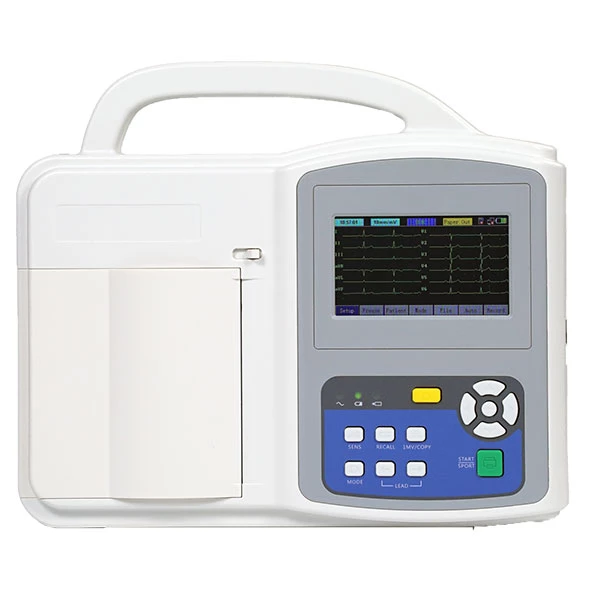
1. Electrocardiogram (ECG) Monitoring
1.1 Principles and Setup
An ECG records the heart's electrical activity through electrodes placed on the skin. Proper electrode placement and skin preparation are essential for clear signal acquisition.
1.2 Key Steps for Accurate ECG
Skin Preparation: Clean the skin with soap and water, shave excess hair, and ensure the area is dry before applying electrodes.
Electrode Placement: Position electrodes on flat, muscular areas to minimize motion artifacts.
Avoiding Interference: Keep the patient still and away from electromagnetic sources (e.g., phones, power cables).
1.3 Common Issues and Solutions
Poor Signal Quality: Recheck electrode adhesion and skin contact.
Motion Artifacts: Ask the patient to relax and avoid movement.
Electrical Noise: Ensure proper grounding and distance from other electronic devices.
2. Blood Oxygen Saturation (SpO2) Monitoring
2.1 How SpO2 Works
SpO2 measures oxygen saturation by analyzing light absorption (660 nm red and 940 nm infrared) through pulsating blood flow in capillaries.
2.2 Best Practices for Reliable Readings
Probe Placement: Attach the sensor to a well-perfused area (finger, earlobe). Avoid nail polish or artificial nails.
Minimize Motion: Keep the patient’s hand steady to prevent false readings.
Check Perfusion: Cold extremities or poor circulation may affect accuracy—warm the area if necessary.
2.3 Troubleshooting SpO2 Errors
Weak or Erratic Signal: Reposition the probe or try a different site.
Ambient Light Interference: Cover the sensor if exposed to bright light.
Damaged Sensor: Replace if cracked or malfunctioning.
3. Non-Invasive Blood Pressure (NIBP) Monitoring
3.1 Oscillometric Measurement Principle
NIBP detects pressure oscillations in the cuff as it deflates, correlating them with systolic, diastolic, and mean arterial pressure.
3.2 Proper Cuff Application
Correct Size: The cuff should cover 80% of the arm circumference.
Positioning: Align the artery marker (φ) with the brachial artery.
Avoid Over-Tightening: Ensure a snug fit without restricting blood flow.
3.3 Common Errors and Fixes
Inconsistent Readings: Reapply the cuff and ensure proper placement.
Motion Artifacts: Keep the patient still during measurement.
Arrhythmias: Manual verification may be needed for irregular heartbeats.
4. Maintenance and Cleaning
4.1 Device Care
Regular Cleaning: Wipe surfaces with 70% alcohol or mild soap solution. Avoid harsh chemicals.
Battery Maintenance: Fully discharge and recharge periodically; remove if storing long-term.
Storage: Keep in a dry, temperature-controlled environment (20–25°C).
4.2 Cable and Sensor Care
ECG Cables: Clean with alcohol; avoid bending or twisting.
SpO2 Probes: Wipe sensors gently; do not immerse in liquid.
NIBP Cuffs: Hand wash with mild detergent; air dry.
5. Pre-Use Safety Checks
Inspect Equipment: Look for damage to cables, sensors, or display.
Test Functions: Verify alarms, display, and recording features.
Use Approved Accessories: Ensure compatibility with the monitoring device.
Proper operation and maintenance of ECG, SpO2, and NIBP devices are crucial for accurate patient monitoring. By following best practices for skin preparation, probe placement, and device care, healthcare providers can minimize errors and enhance reliability. Regular training and adherence to cleaning protocols further ensure long-term functionality and patient safety.

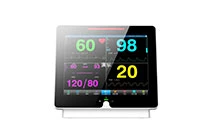

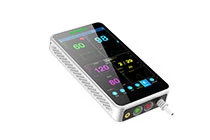
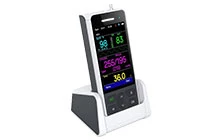
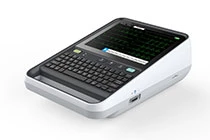
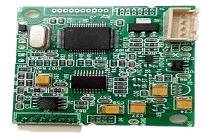




 Home
Home RN100 Handheld Pulse Oximeter: Professional Health Guardian, Smart Choice from Outdoor to Home
RN100 Handheld Pulse Oximeter: Professional Health Guardian, Smart Choice from Outdoor to Home  You May Also Like
You May Also Like

 Tel
Tel
 Email
Email
 Address
Address












